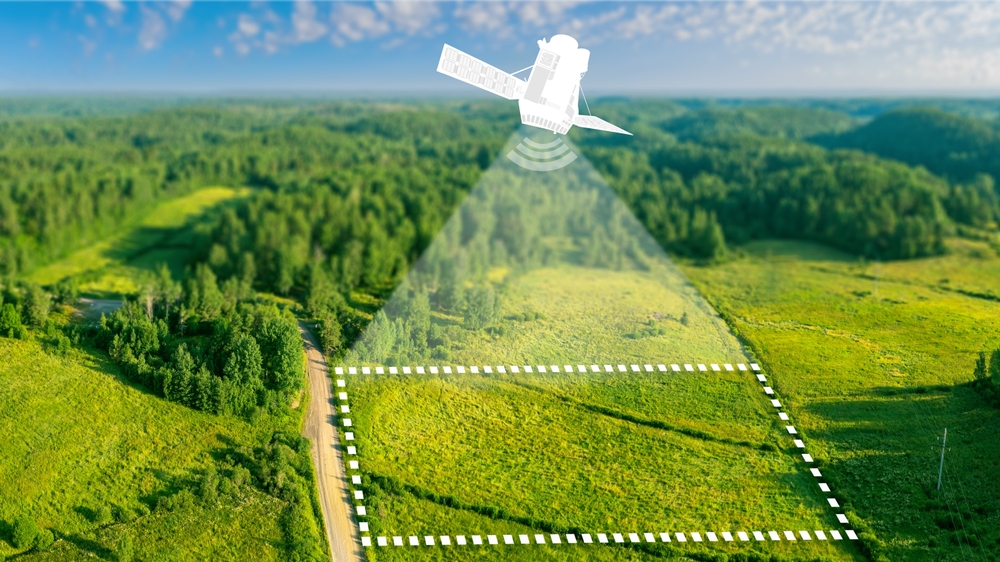Researchers at Mainz and the Max Planck Chemistry Institute at Heidelberg University used satellite monitoring to simultaneously detect two major air pollutants carbon carbon (CO2) and nitrogen dioxide (NO2) in the luminescent plume from the power plant.
The new satellite monitoring system can track industrial emissions from space with extremely accurate accuracy, allowing for detailed analysis of atmospheric processes.
They used the German environmental satellite Enmap (environmental mapping and analysis program). It has an unprecedented spatial resolution of just 30 meters to detect these emissions together.
More transparent ejection detection
Carbon dioxide (CO2) and nitrogen oxides (NOX) are one of the most important anthropogenic air pollutants that affect climate, health and air quality. Satellite monitoring is considered an important tool for independent emission monitoring.
However, there were major restrictions in the past. Many sensors have spatial resolutions that are too rough to reliably detect isolated emission sources such as power plants.
NO2 measurements often estimate CO2 emissions based on known emission ratios, as NO2 and CO2 are released together. However, up until now, no equipment has been able to simultaneously detect both gases with high spatial resolution. The method presented closes this gap. For the first time, both gases can be measured simultaneously, and at high resolution directly above the source of the emissions, and the ratio is accurately determined.
This opens the door to more transparent and independent satellite monitoring.
High-resolution perspective using Enmap
Atmospheric trace gases such as Co₂ and no₂ leave distinctive absorption patterns in sunlight and can be detected using spectrometers.
Equipment with very high spectral resolutions is usually used for satellite-based measurements. They can analyze the fine absorbing structure of gases in reflected sunlight, but usually achieves only spatial resolution of 3-5 km.
In contrast, Enmap was originally designed for remote sensing of land surfaces. It provides satellite images with very high levels of spatial detail of 30 x 30 meters, but with relatively low spectral resolution.
“We were able to use ENMAP data to determine the distribution of CO2 and NO2 in emission plumes from individual power plants, including the Hyberd region of Saudi Arabia and South Africa, one of the world’s largest emission hotspots.”
Satellite emission monitoring: From measurements to applications
Overall, Enmap satellites can be used to simultaneously determine CO2 and NOX emissions from individual power plants at high resolution. Furthermore, the NOX/CO2 ratio can be derived from this. This allows you to draw conclusions about the technology, efficiency, and mode of operation of the system.
In the future, such ratios can be used to estimate CO2 emissions based solely on NO2 data.
This data also provides new insights into the chemical conversion of NO to NO2 within the discharge plume. Until now, this central process of atmospheric chemistry could only be studied through complex aircraft measurement campaigns.
Using satellite data offers a great advantage in this context. This is because global, consistent, comparable detection allows detection of industrial pollutant emissions.
Group leader Thomas Wagner concluded: “Our research shows how high spatial resolution satellites can contribute to target monitoring of future industrial emissions, in addition to large-scale missions such as CO2M satellites in Europe.”
Source link

